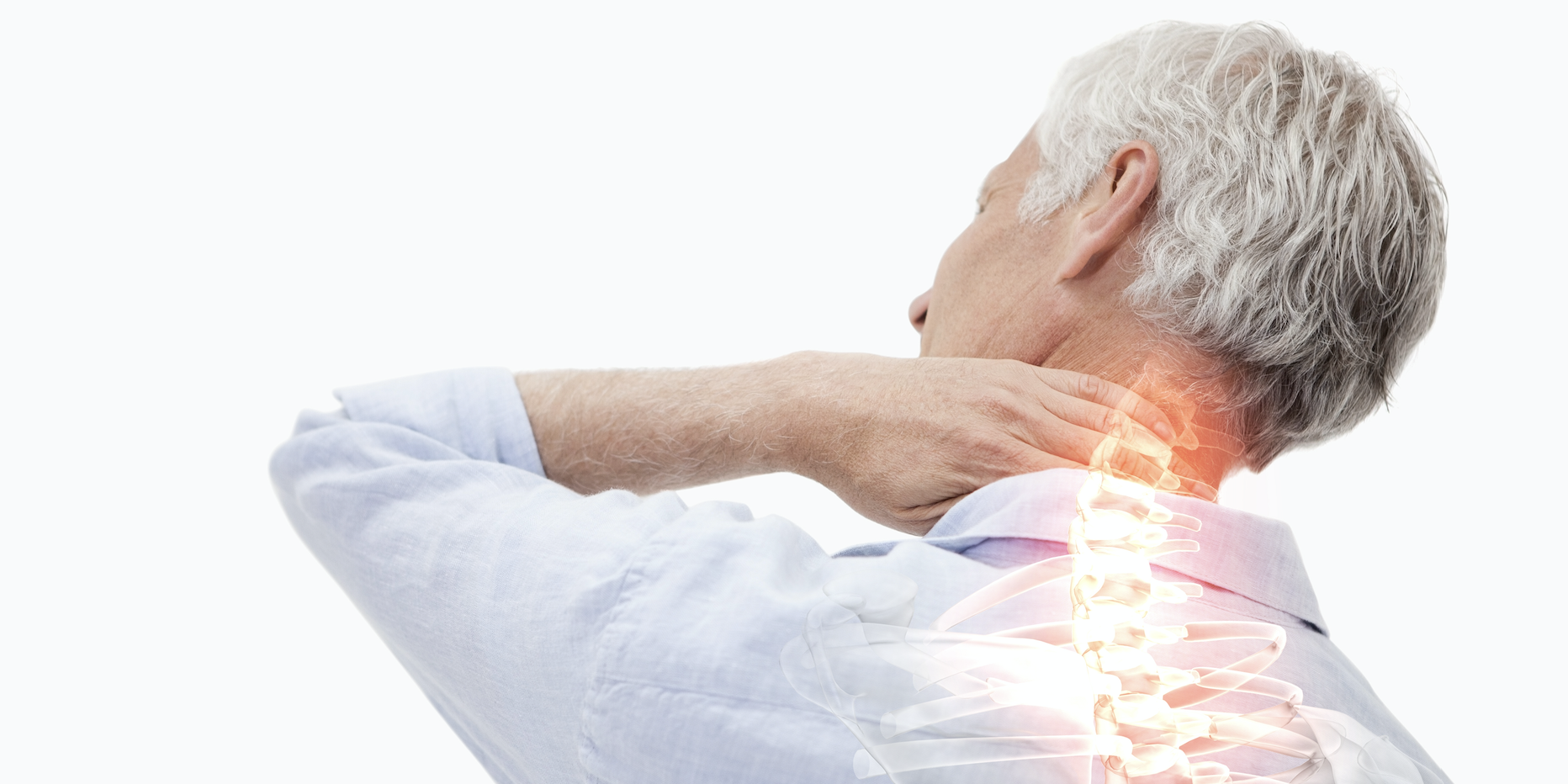To understand cervical radiculopathy, it helps to be familiar with the anatomy of the spine. The spine consists of bones, nerves, muscles, ligaments, and tendons. It houses major nerves that run from the brain to the arms, legs, fingers, and toes. The vertebrae are the bones that make up the building blocks of the spine. These comprise the spinal column. They protect the spinal cord and nerve roots.
The spine’s job is to hold the body upright while allowing it to bend and twist as needed. It also supports the head with its movements and manages the flow of blood to the brain. That’s a lot for a long, skinny structure. Because of all these pieces of the puzzle that make up the spine, it’s a complex part of the human anatomy and the source of many problems.
An Overview of Cervical Radiculopathy
The cervical spine contains eight pairs of cervical nerve roots. These branch from the spinal cord and exit through a small opening between vertebrae on both sides of the canal. These nerves feed into the muscles to allow the shoulders, arms, hands, and fingers to function. And their sensation comes from the sensory fibers the nerves provide to the skin.
Cervical spine refers to the neck. Hence, cervical radiculopathy is the clinical term for what most people know as a pinched nerve. Cervical radiculopathy means the pinched nerve is in the neck. What happens is the nerve in the neck becomes compressed, irritated, or damaged. As such, the nerves to send negative messages between your muscles and brain.
And when the nerve in the cervical vertebrae is compressed or inflamed, it can cause numbness, tingling, or pain in the arm or hand. Some people experience muscle weakness or the loss of reflexes.
What Causes Cervical Radiculopathy?
The most common cause of cervical radiculopathy is a disc herniation or typical degenerative changes from aging. The discs in the spine can dry out and flatten, which presses on the nerve roots. The following risk factors can increase a person’s risk of cervical radiculopathy:
- Smokes cigarettes
- Plays sports or exercises vigorously
- Lifts large or heavy items
- Plays golf
- Dives off a pool diving board regularly
- Operates equipment that vibrates
Younger people can get cervical radiculopathy. Usually, it results from trauma or an injury to the neck, which could also cause a ruptured or herniated disc.
How Cervical Radiculopathy Is Diagnosed and Treated?
The healthcare provider will ask questions about a patient’s medical history. This usually follows by a physical exam and possibly the ordering of X-rays, a CT scan, an MRI, or an electromyography (EMG). The good news is that cervical radiculopathy sometimes improves in days or weeks without treatment. However, it can return. And it can get better again without treatment.
For patients who don’t see improvement, a back and spine doctor may recommend the wearing of a cervical collar, physical therapy, medications, steroid injection, or a mix of these. In rare cases, surgery may be an option.
Have a question? Please contact us or call 214-823-2052. We have two conveniently located offices in Addison and Dallas serving patients in Dallas, Addison, Plano, Frisco, Garland, and other cities in the DFW metroplex.







